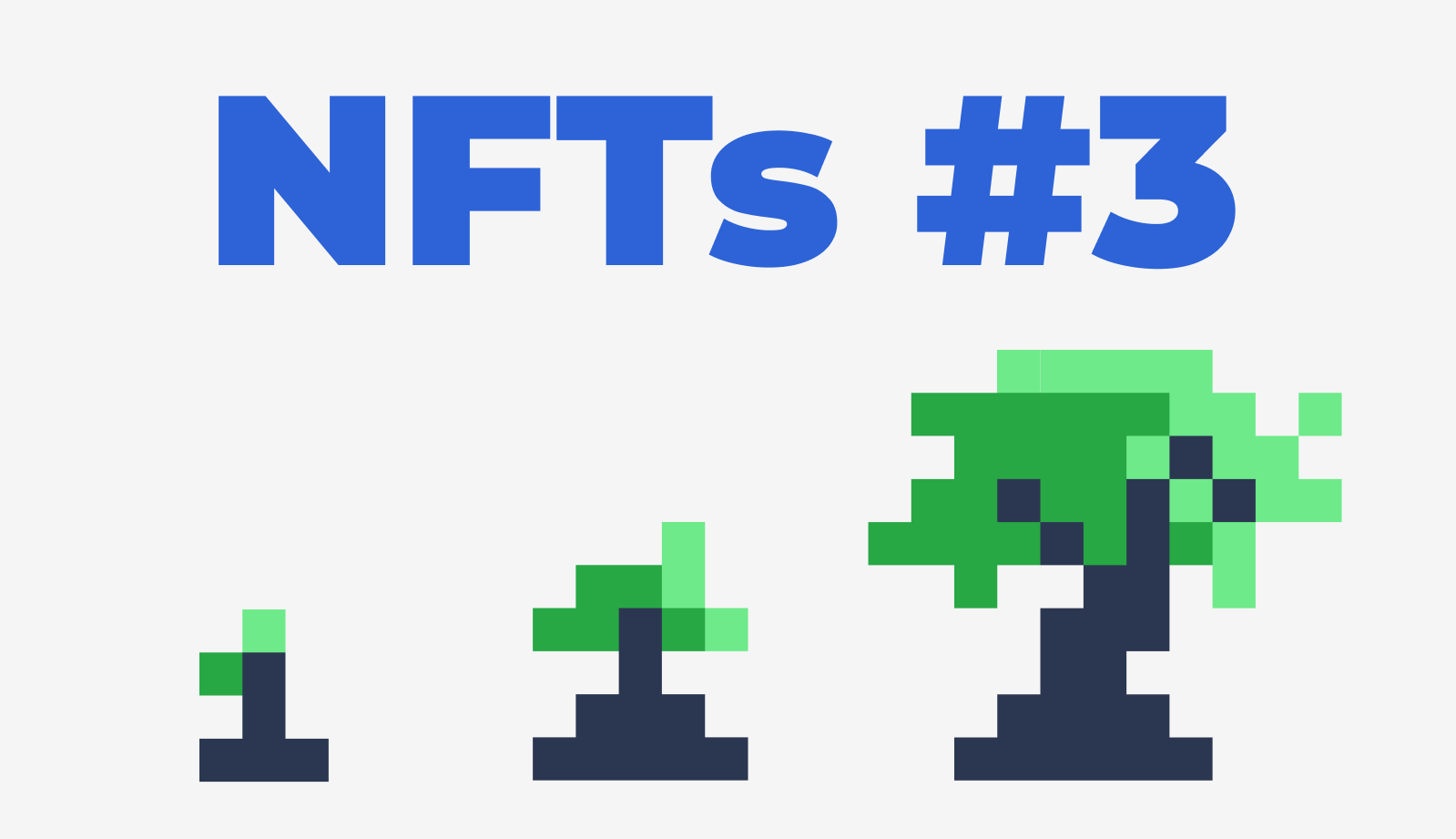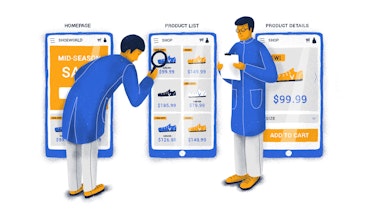NFTs are taking the world by storm. As NFTs are reaching millions, it is no wonder that more and more people are starting to invest in NFTs.
For example, digital artist Beeple sold an NFT collage of his art for $69 million. Thanks to his success, others jumped on the boat too. Moreover, Jack Dorsey, the CEO of Twitter, sold his first tweet for $2.9 million.
Check 21 examples of NFTs to get inspired.
Later, famous projects like CryptoPunks and Bored Ape Yach Club took over. Back in October of 2021, a rare Bored Ape sold for $3.4 million. On the other hand, a CryptoPunk sold for $11.75 million.
Why Invest in NFTs?
The NFT space is growing rapidly and could have a profound impact on art. That also means that investing in them can have great returns. NFTs that sell for hundreds of dollars on launch can reach hundreds of thousands, even millions.
Moreover, some investors might want to diversify their portfolios. By putting their eggs in many baskets, investors can lower risk while maintaining favorable rates of return. That's why many A-list celebrities are joining the NFT craze.
But how does investing in NFTs work? This guide will cover all you need to know to get started.
Where to Start?
To start trading NFTs, all you need is a crypto wallet and an account on one of the NFT exchanges.
The largest exchange out there is OpenSea. It supports the Ethereum, Polygon and Klatyn blockchains. For Solana NFTs, there's Solanart for trading and SolSea for minting.
But why is that important? NFTs are linked to one of the “smart contract” blockchain networks. Most NFTs are on Ethereum, the largest and the oldest smart contract blockchain.
However, Ethereum has particularly high “gas fees,” or transaction costs. These can average to about $500 to “mint” a single NFT.
On the other hand, gas fees on Polygon and Solana are near zero. Still. high gas fees can pay off, as the most famous projects are still on Ethereum.
Trading NFTs is as straightforward as connecting your wallet, picking an NFT and placing a bid. On the other hand, getting a good return on investment is another thing entirely.
Investing in NFTs is not as trivial as buying one and flipping it for more money. Specifically, for every successful NFT project, there are hundreds that fail on launch.
Pick Your Style
That's why investors first need to pick the strategy that is right for them. This broadly falls into two categories. The first is focused on long-term holding, and the second is on short-term selling.
Long Term Holder
This strategy is best suited for those that have the patience to buy and hold for a longer period.
This has its own advantages. For one, time weeds out the good projects from the oversold and overhyped ones. To take advantage of that, buy what you really like.
Why is that? If you like a piece of digital art, chances are that there are others that like it too. That makes it more likely that people will pay more for it in the future.
Moreover, time also tends to weed out the copycats. Bored Apes will likely stay popular for a long time. Baby Apes, or Desperate Apewives? Probably not.
While copycat projects can ride high for a while, they can't really stand the test of time. For instance, not a single Bored Ape copycat collection is among the 100 most traded on OpenSea.
Two NFT copycats are fighting over which is the real fake Bored Ape Yacht Club https://t.co/NPd8Ks6PPP pic.twitter.com/6Cc17hPncJ
— The Verge (@verge) December 30, 2021
On the other hand, that means that you will need to do a lot of research on the project itself. Firstly, research the artist or the team. Are they actively promoting the collection? Have they created NFTs before? Are they more likely to take the money and disappear or to stick around and support the project?
Look at the unique perks of the collection. Many NFTs give access to a social club. As if they have an active community that people want to be a part of. Others can be used in games. Ask if the games are any good. If the NFTs can offer their holders something valuable, chances are that they will be valuable too.
Short Term Flipper
On the other hand, short term flipping strategy is for the impatient, who want to make their money now. Instead of thinking of what project is the best, you have to think about what project will generate the most hype.
The flipper needs to be the master of the NFT social space, with a constant eye out for new buzz. Start by following other NFT investors on social media, and see what they are buying.
However, make sure not to fall for fake metrics. It is very easy to buy fake followers on social media. Look for real engagement.
The best returns come from new and smaller projects. It is unlikely that CryptoPunks will double or triple in value in the next few days. On the other hand, hundreds of smaller projects will.
Still, the short-term strategy is also riskier. As new projects have no track record, they are more likely to fail. They could also be plain and simple scams. A lot of those include stolen art or impersonation. Sellers went as far as selling fake Banksy art.
Has a fake Banksy NFT just sold for $336k? A new page added to Banksy's website this morning showed a cryptopunk-style image, linking to an OpenSea auction. But the page was taken down and the auction ended early. Was Banksy hacked to promote a fake NFT? https://t.co/dgNsauVWyx pic.twitter.com/buoj8p2puc
— Tom Robinson (@tomrobin) August 31, 2021
That being said, it is also important not to sell too early. The reality of the NFT space is that most of your investments will likely fail. That's why a good flipper will look for those projects that can give 10x or even 100x returns. Those are the projects that can make up for all the losses on other investments.
Don't Forget To Have Fun!
Investing in NFTs is risky, but that doesn't mean it can't be fun. In fact, it should be. If you are going to spend the time needed to research NFTs, you should make it a pleasant experience.
That's why you should know your risk tolerance! To make sure investing is not more stressful than it needs to be, invest only what you can afford to lose.
Don't forget to play around and test out new strategies. Ultimately, the best way to invest in NFTs is the one that suits you best.




